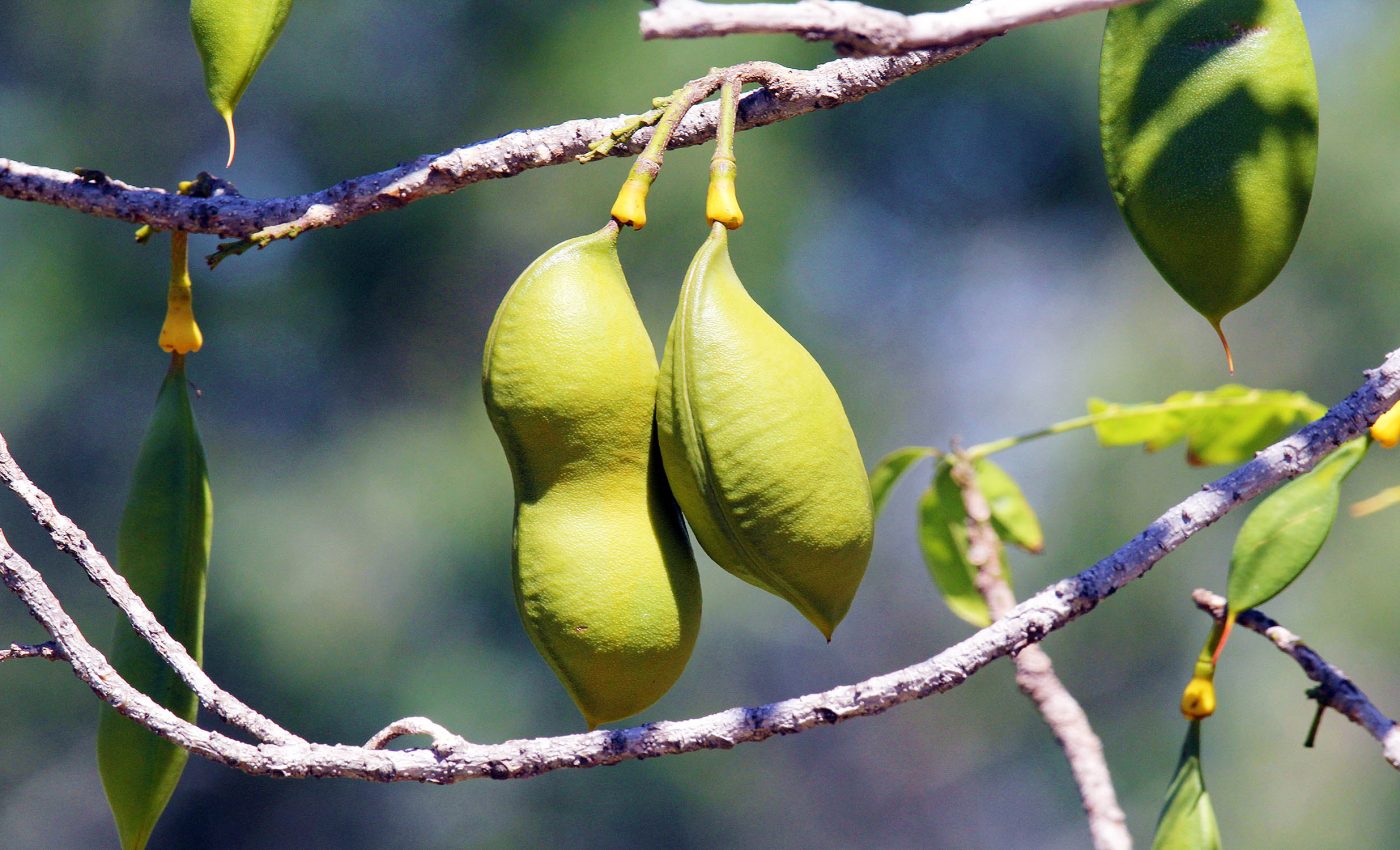
Ancient seeds reveal plant migration path from Asia to Australia
Who ever thought that bean-sized fossils could unravel a tale of ancient plant migration? Well, hold onto your hats.
Researchers from Penn State University have cracked an evolutionary puzzle regarding Southeast Asian and Australian rainforests using, you guessed it, giant fossil seeds!
Unveiling the mysterious beans
These aren’t just any seeds. These are ancient fossils about the size of a lime, among the largest seeds ever found in the fossil record.
The scientists discovered that these fossils belonged to an extinct legume genus closely related to the modern Castanospermum, or black bean tree, which is only found today in the coastal rainforests of northern Australia and neighboring islands.
“Although some of the characteristics of these fossils are common across legumes, there is no fossil or living legume group besides Castanospermum that has a combination of features closely matching the fossils,” said Edward Spagnuolo, a doctoral student in the Department of Geosciences at Penn State and lead author of the study.
Discoveries in plant migration
The trail of discovery began in Indonesian Borneo, where the team, including Peter Wilf, professor of geosciences at Penn State, unearthed fossils dating back 34 to 40 million years ago to the Eocene epoch.
These fossils imply that the predecessors of the black bean tree traveled from Asia to Australia during the tectonic-plate collision, which facilitated the exchange of plant and animal species between the continents.

“These fossil seeds suggest that the ancient relatives of Castanospermum migrated into Australia from Southeast Asia during the tectonic collision event and later went extinct in Asia,” Spagnuolo added.
This groundbreaking revelation offers the first macrofossil evidence of a plant lineage moving from Asia to Australia after the Asia-Australia tectonic interaction.
Additionally, these seeds are the oldest definite fossil legumes from the Malay Archipelago and the first fossil record of plants related to the black bean tree.
Overcoming the challenges of fossil collection
Digging up fossils in this part of the world is no mean feat. “It’s really hard to collect fossils in this part of the world,” said Spagnuolo.
“Most surface rocks are destroyed by the heavy tropical rainfall or covered by vegetation, agriculture, and buildings, so there are few places to look for fossils other than mine and quarry exposures.”
Yet, the team found a unique partner in Indonesian paleontologists at Institut Teknologi Bandung in Java, who made this work feasible.
Treasure trove of discoveries
An international research team collected the fossils in 2014 from the seams of a coal mine in South Kalimantan, Indonesian Borneo.
Their collection includes three large beans, pollen samples, about 40 leaves, and other fascinating fossils, including bird tracks, marine invertebrate traces, and fossil turtle remains.
Securing a spot among the largest in the fossil record, these seeds would have grown in a pod reaching up to 3 feet long and housing up to five seeds.
Following fieldwork, the fossils were loaned to Penn State University, where through CT scan imaging and taxonomy analysis, Spagnuolo and Wilf found that they most closely resembled modern Castanospermum, which has no previous fossil representatives.
The seeds were named Jantungspermum gunnellii, honoring the late Gregg Gunnell, a vertebrate paleontologist formerly of the Duke University Lemur Center.
Legume story and plant migration
Legumes are a diverse family of flowering plants, with about 20,000 species alive today, including many large tropical trees.
However, despite their abundance in modern ecosystems, these seeds are the only confirmed legume fossils from before the Neogene period, 2.6 million to 23 million years ago, in the Southeast Asian wet tropics.
“The tropics are the most diverse biome on Earth,” said Wilf. “We know very little from the fossil record about how tropical ecosystems evolved, especially in Asia, even as extinction risks are rising quickly, and we lose vast areas every year to deforestation.”
These findings plug a critical gap in the fossil record, confirming the presence of legumes in Southeast Asia.
“Our work highlights the neglected paleobotanical potential of this region and the need for more fossil sampling in the Malay Archipelago,” Spagnuolo emphasized.
The full study was published in the journal International Journal of Plant Sciences.
—–
Like what you read? Subscribe to our newsletter for engaging articles, exclusive content, and the latest updates.
Check us out on EarthSnap, a free app brought to you by Eric Ralls and Earth.com.
—–













